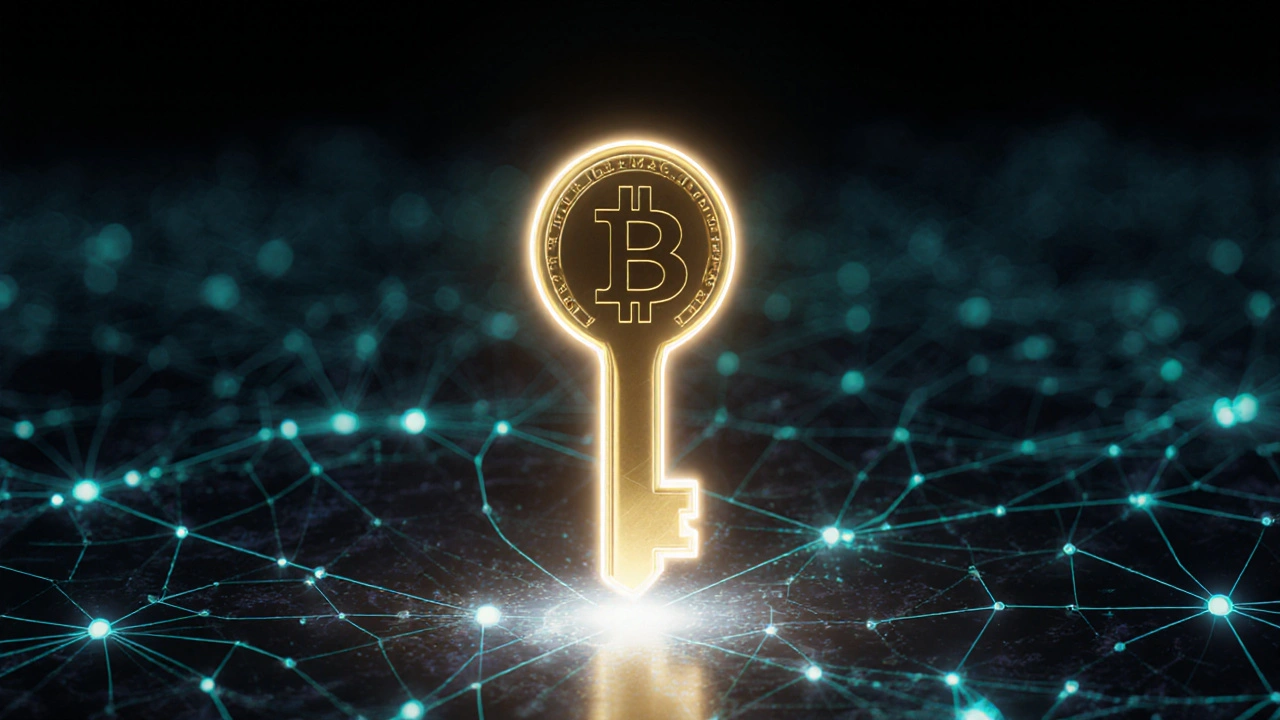Token Voting: How Tokens Power Decision‑Making in Crypto
When working with Token Voting, a system where holders use crypto tokens to cast votes on protocol proposals, upgrades, or community matters. Also known as token‑based voting, it lets decentralized networks turn financial stakes into real influence. DAO (Decentralized Autonomous Organization) relies on this method to run without a central board, while Governance Tokens act as the voting keys. The result is blockchain governance that blends economics and democracy, letting anyone with a token shape the future of a project.
Why Token Voting Beats Traditional Governance
Traditional companies use shareholder meetings, but those meetings happen once a year and require paperwork. Token voting happens on‑chain, instantly recorded by a smart contract that enforces results without human bias. This means proposals can be submitted, discussed, and approved within hours, not months. Because each token represents both ownership and voting power, the system creates a direct link between economic risk and decision‑making power. In practice, token voting enables rapid upgrades, fair fund allocations, and community‑driven roadmaps, which keeps projects agile in a fast‑moving market.
Another key benefit is transparency. Every vote is stored on a public ledger, so anyone can audit who voted, how many tokens were used, and what the outcome was. This open audit trail builds trust, especially for new entrants who might otherwise doubt a project's legitimacy. Moreover, token voting can be weighted, meaning larger holders have proportionally more influence—a feature called “quadratic voting” when you want to curb plutocracy. The flexibility to mix weighted and equal voting styles lets DAOs tailor governance to their specific goals.
Token voting also invites global participation. No matter where you live, as long as you hold the relevant token in a compatible wallet, you can join the discussion. This inclusivity expands the talent pool, bringing diverse ideas to the table. Projects often reward active voters with additional tokens, creating a feedback loop that encourages ongoing engagement. The result is a self‑sustaining community where decision‑making is both decentralized and incentivized.
However, token voting isn’t without challenges. Voter apathy can stall proposals, especially when token holders are spread thin across many projects. To combat this, many DAOs implement delegation, allowing users to assign their voting power to trusted representatives. This mirrors real‑world representative democracy while preserving the underlying token economics. Security is another concern: if a smart contract governing votes contains a bug, the outcome could be manipulated. Rigorous audits and bug‑bounty programs are therefore essential parts of a healthy token voting ecosystem.
When you combine token voting with other governance tools—like proposal forums, on‑chain treasury controls, and off‑chain signaling platforms—you get a robust decision‑making framework. Each tool plays a role: forums spark ideas, on‑chain voting formalizes choices, and treasury contracts execute financial actions. Together they form a layered governance model that adapts to both simple token swaps and complex protocol upgrades.
Looking ahead, token voting is set to intersect with emerging trends such as NFTs and layer‑2 scaling solutions. Imagine voting rights tied to unique NFTs that grant special privileges, or using fast, cheap layer‑2 networks to vote without gas fees. These advances could lower barriers even further, making participation nearly frictionless for everyday users.
The collection below pulls together guides, deep‑dives, and practical how‑tos that explore every facet of token voting—from the basics of DAO structures to advanced strategies for reducing voter fatigue. Whether you’re a newcomer curious about how your tokens can speak, or a seasoned participant looking to fine‑tune your governance game, you’ll find actionable insights that fit your journey.

Governance Tokens in DeFi Explained: Definition, Uses & Risks
- by Zephyr Blackwood
- on 18 Sep 2025
Learn what governance tokens are, how they power DeFi protocols, real‑world examples, risks, and a checklist to evaluate them.
